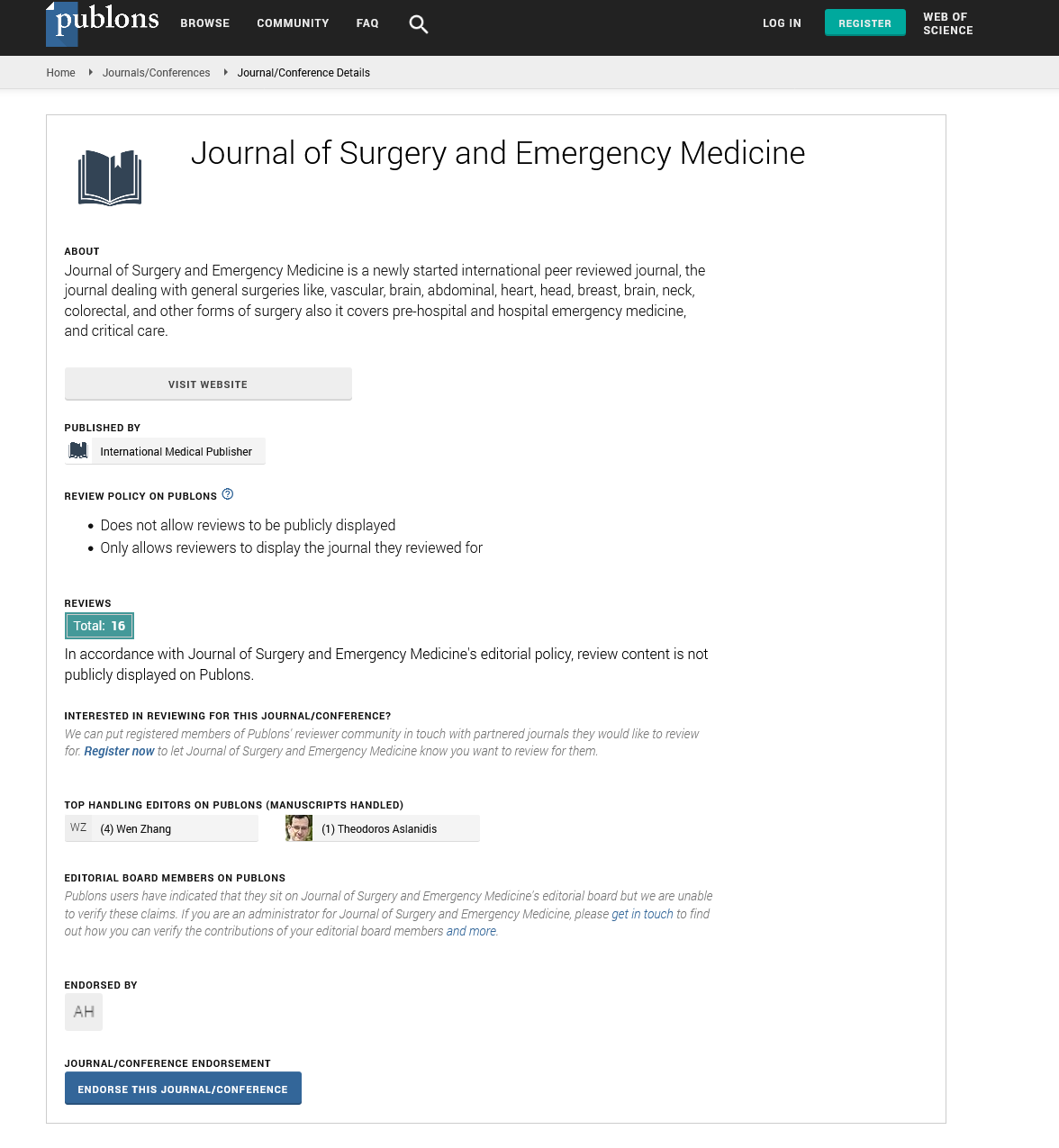Abstract
Referral and counter-referral systems in a high-complexity Speech, Language and Hearing healthcare service in the city of São Paulo
Statement of the Problem: The integration of the levels of healthcare in the Brazilian Unified Health System (SUS) depends on an effective system of referral (origin) and counter-referral (destination) between health services. In Speech-Language and Hearing (SLH) high-complexity services the knowledge related to the flow of referrals and counter-referrals is essential for higher quality in healthcare. The purpose of this study was to analyze the flow of patients of a high-complexity SLH service in SUS. Methodology & Theoretical Orientation: High complexity healthcare would be needed for between 15% and 20% of SUS users’ demand. However, the solution for health problems is still centralized in large technological centers. This descriptive study was developed at a SLH service of a high-complexity Brazilian hospital. Participants were 373 subjects who underwent SLH screening (consultation of health records). Social-demographic profile; SLH profile; origin of referrals; time between referral and screening being carried out; referrals after screening (counter-referral); time between conclusion of screening and first SLH consultation in the counter-referred service; and degree of satisfaction with the SLH consultation of the counter-referral were analyzed. Findings: The largest group was the age range zero to 11 years 11 months, male, resident in the city of São Paulo, who had not completed primary education. The most prevalent initial diagnosis in SLH terms was dysphonia. The majority of users were referred to tertiary care. The average waiting time for screening was 56.6 days. Just over half the subjects were referred for tertiary care. The waiting time for care was longest at the secondary level. The majority of users stated their degree of satisfaction with the care to be excellent or good. Conclusion & Significance: A high degree of resolutiveness was observed in the tertiary care service analyzed; and a need was observed in secondary and primary care for reorganization of the systems of referral and counter-referral.
Author(s): Silmara Rondon-Melo
Abstract | PDF
Share This Article
Google Scholar citation report
Citations : 131
Journal of Surgery and Emergency Medicine received 131 citations as per Google Scholar report
Journal of Surgery and Emergency Medicine peer review process verified at publons
Abstracted/Indexed in
- Google Scholar
- Publons
Open Access Journals
- Aquaculture & Veterinary Science
- Chemistry & Chemical Sciences
- Clinical Sciences
- Engineering
- General Science
- Genetics & Molecular Biology
- Health Care & Nursing
- Immunology & Microbiology
- Materials Science
- Mathematics & Physics
- Medical Sciences
- Neurology & Psychiatry
- Oncology & Cancer Science
- Pharmaceutical Sciences
